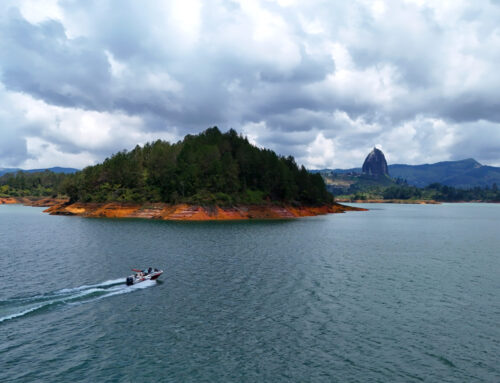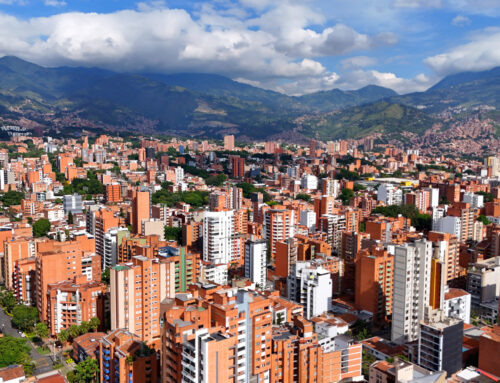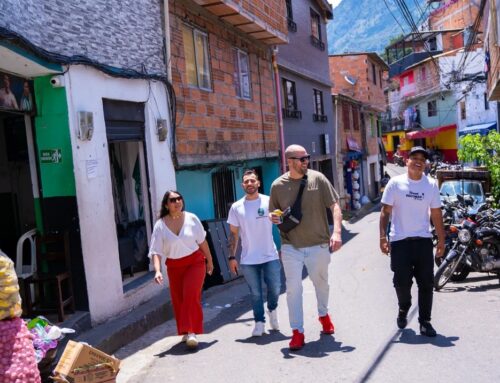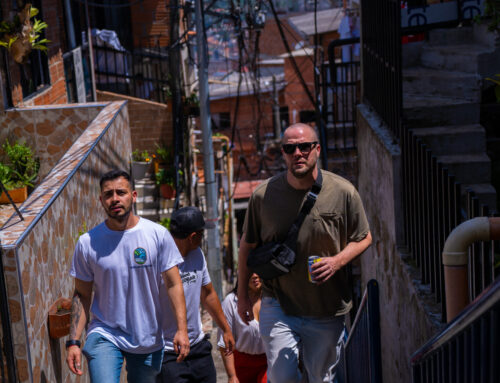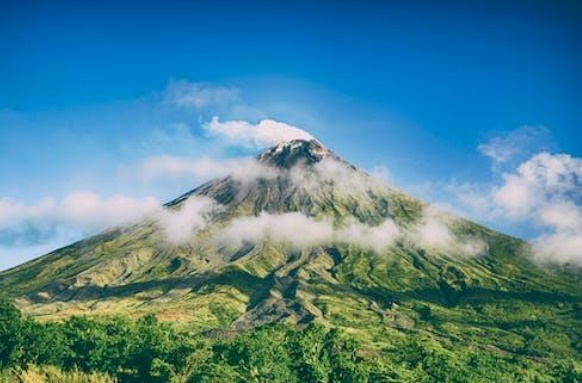
Colombia is a country that’s full of contrasts. A large percentage of its population lives below the poverty line, but it also has cities that have received global recognition for their advanced urban planning, sophisticated medical centers, and more. The city of Medellín was once the base of operations for Pablo Escobar, but now tourists can enjoy Medellin tours without fearing for their safety. And then there are the country’s epic mountains and volcanoes, that define the landscape and play a part in Colombia’s concept of “magical realism”. However, in 1985, one of these volcanoes erupted so violently that it destroyed an entire town, and most of its residents as well. That town was called Armero, and the eruption of the Nevado del Ruiz volcano is referred to as the Tragedía de Armero (the Tragedy of Armero).
Historical eruptions of the Nevado del Ruiz
This volcano was known to be active, but it wasn’t perceived as a serious threat to the town of Armero that was located 30 miles away. After all, the town had existed since the 16th century. It was true that the Nevado del Ruiz had erupted in 1595 and 1845, causing damage and deaths; however, the town quickly recovered, and even improved itself in the aftermath. There was also the fact that the volcano hadn’t erupted since 1916, and even then it had only caused minimal damage. Even though danger was close, nobody suspected a thing.
Warning signs
It came out after the tragedy that there were plenty of signs that a massive eruption was imminent; the problem was that nobody listened to the people who were sounding the alarm. In the last few months of 1984, geologists recorded tremors around the volcano and predicted that the volcano would probably erupt soon. What made the situation even more dangerous was that the winter conditions had allowed large amounts of glacial ice to build up. This is known to make lahars, or massive volcanic mudslides, even more destructive. When a volcanic eruption triggers a lahar, the effects are often devastating. It will wipe out anything in its path, and travel for miles simply because it’s too big to slow down without major obstructions in the way.
Why the experts’ warnings didn’t work
Geologists kept recording seismic activity around the volcano for most of 1985, when September finally saw phreatic eruptions shooting steam high into the atmosphere. Surrounding areas started to experience earthquakes, and experts started urging local authorities to begin evacuations.
The authorities responded in October by creating a hazard map to show locals the danger zones, but this didn’t have much of an effect. There were a dozen different reasons why this plan was badly executed; for one thing, the hazard map barely even got distributed to local populations. It was published in major Colombian newspapers as well, but it turned out that very few people in Armero even read them.
It didn’t take long before multiple hazard maps had been published, but some of them actually had glaring errors that essentially made them meaningless. For example, one hazard map showed the danger zone (including Armero) in green and the safe zones in red or yellow, which of course was interpreted to mean that the town was safe from the volcano. Other maps failed to show the scale of the potential eruption, or were more artistic than scientifically accurate. Another issue was that certain economic interests opposed the distribution of the hazard maps, which certainly didn’t help.
A timeline of the eruption
On the 13th of November, 1985, the volcano started spewing black ash. The Instituto Nacional de Investigaciones Geologico-Mineras, Colombia’s geological organization, immediately ordered the town to evacuate. By 5 PM the ash was no longer falling, and the authorities started telling locals to just stay inside their homes. By 7 PM the region’s Red Cross instructed that the towns of Honda, Mariquita, and Armero should evacuate as quickly as possible. The first two towns began evacuating, but a storm prevented anyone in Armero from getting the message. It’s actually likely that locals thought the worst was over, and assumed that the continuing noise from the volcano was just the sounds of the storm. Since the last clear order was to shelter in place, that’s what most people did.
At 9:09 PM, the volcano finally erupted. The sky was filled with sulphur, and debris shot over 20 miles into the air. At ground level, pyroclastic flows had melted accumulated snow and glaciers, which then created four different lahars. They quickly streamed down the volcano at around 40 mph, and kept growing once they reached the river valleys.
Impact and after-effects
At around 11:30 PM, three of the lahars reached Armero and destroyed almost the entire town in minutes. An estimated 85% of it was covered by mud, and thousands of residents were instantly killed. In total, 20,000 of the 29,000 people in Armero lost their lives to the volcano.
In the wake of the disaster, there was plenty of blame to go around. The response was shoddy and under-equipped, and people were quick to point out that the Colombian government hadn’t acted on the ample warnings they’d received.
As a result, the Colombian government started the Oficina Nacional para la Atencion de Desastres (National Office for Disaster Preparedness). The purpose of this office was to prevent similar disasters in the future; hopefully they’ll never have to respond to something as massive as the 1985 eruption of the Nevado del Ruiz.
There have been other instances of volcanic activity in the country, and the Colombian government did successfully evacuate people from the danger zones. However, in April of 2023 the Nevado del Ruiz started showing warning signs that another eruption was coming. Even though the fate of Armero is still vividly remembered in the area, residents are reluctant to evacuate; they’re afraid of leaving for a false alarm, and returning to find all of their belongings stolen. If you decide to visit, it’s highly recommended to bring a tour guide along for the journey. It isn’t certain what the volcano will do in the near future, but whatever happens, it will likely be handled better than the Tragedy of Armero.

